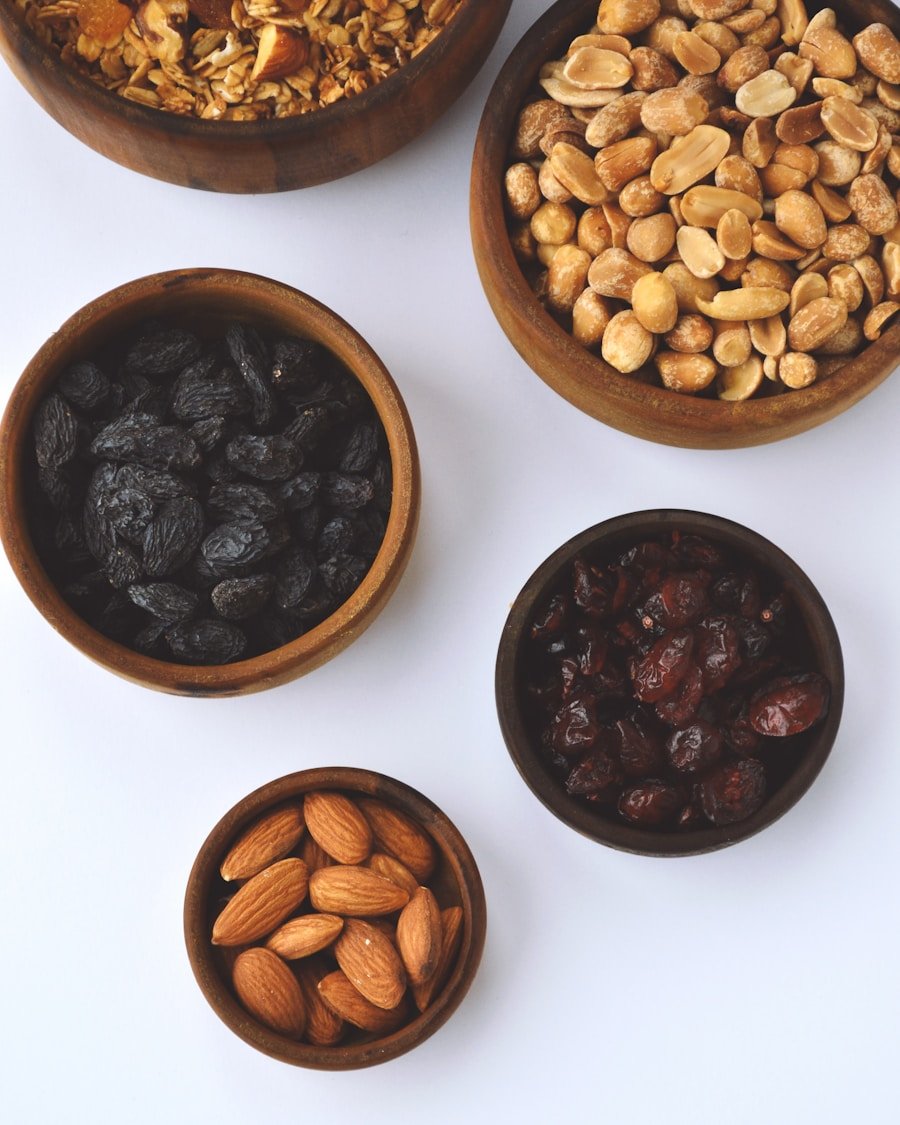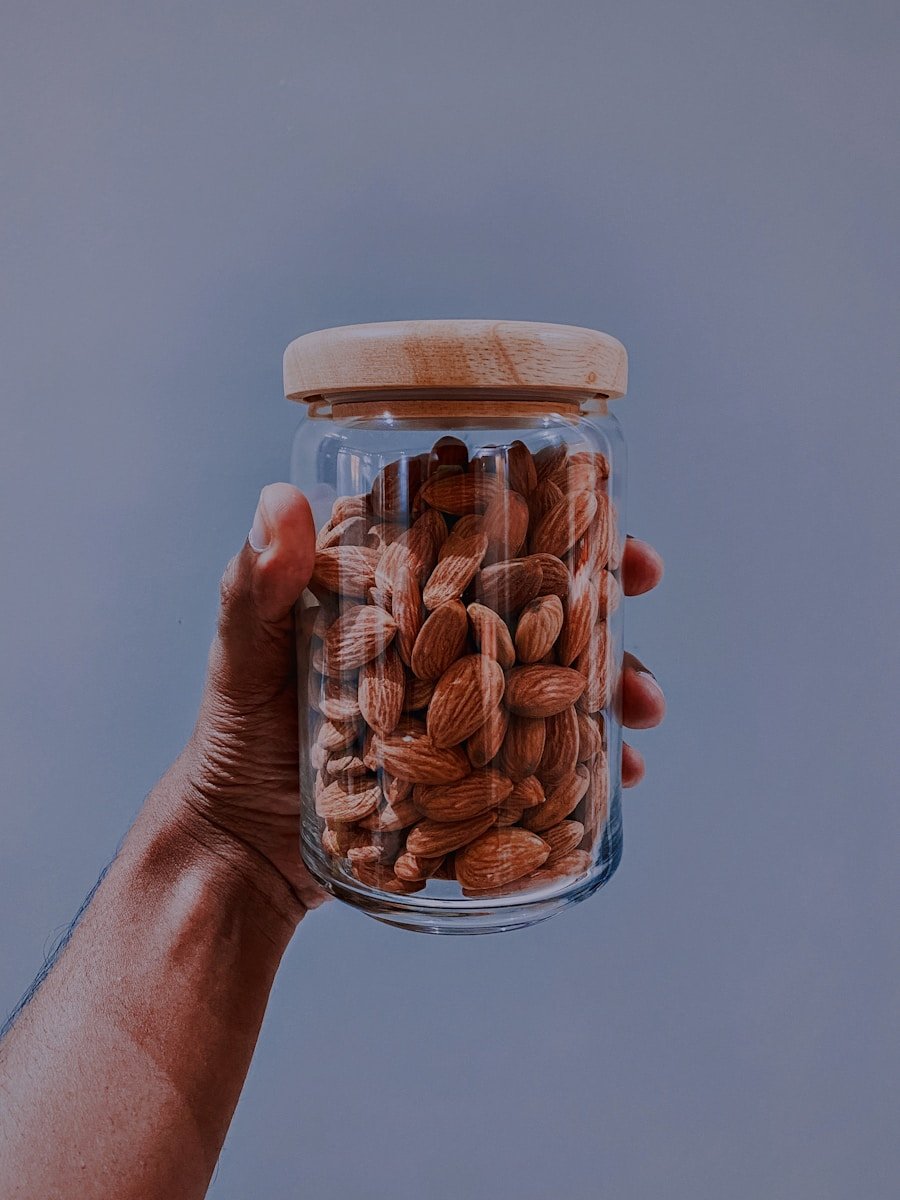This post may contain affiliate links. When you purchase through links on our site, we may earn an affiliate commission.
As I delve into the world of nutrition, I find myself increasingly drawn to the benefits of plant-based protein. One of the most compelling advantages is its rich nutrient profile. Unlike many animal-based proteins, plant proteins often come packed with essential vitamins, minerals, and antioxidants.
For instance, legumes, nuts, and seeds not only provide protein but also deliver fiber, which is crucial for digestive health. This combination of nutrients can help me feel fuller for longer, reducing the likelihood of overeating and promoting a balanced diet. Moreover, plant-based proteins are generally lower in saturated fats compared to their animal counterparts.
This aspect is particularly appealing to me as I strive to maintain heart health. By incorporating more plant proteins into my meals, I can enjoy a variety of flavors and textures while also supporting my cardiovascular system. Additionally, many plant-based protein sources are rich in phytonutrients, which have been linked to reduced inflammation and improved overall health.
This holistic approach to nutrition resonates with my desire to nourish my body in a way that promotes longevity and vitality.
Key Takeaways
- Plant-based protein offers numerous health benefits, including lower risk of heart disease, improved digestion, and better weight management.
- Protein is essential for a healthy diet as it helps build and repair tissues, produce enzymes and hormones, and support a healthy immune system.
- Common sources of plant-based protein include legumes, nuts, seeds, tofu, tempeh, and whole grains.
- Incorporating plant-based protein into your diet can be as simple as adding beans to salads, snacking on nuts, or using tofu in stir-fries.
- Choosing high-quality plant-based protein products involves looking for options with minimal processing, no added sugars, and a good balance of essential amino acids.
The Importance of Protein in a Healthy Diet
Understanding the role of protein in a healthy diet has been a revelation for me. Protein is not just a building block for muscles; it plays a vital role in numerous bodily functions. From repairing tissues to producing enzymes and hormones, protein is essential for maintaining overall health.
As I learn more about nutrition, I realize that adequate protein intake is crucial for everyone, regardless of age or lifestyle. It supports growth and development in children, helps maintain muscle mass in adults, and is particularly important for older adults to prevent muscle loss. In my journey toward better health, I’ve come to appreciate the importance of balancing protein intake throughout the day.
Consuming protein-rich foods at each meal can help stabilize blood sugar levels and provide sustained energy. This balance is especially important for those of us who lead busy lives and need to stay focused and energized. By prioritizing protein in my diet, I can enhance my physical performance and mental clarity, making it easier to tackle daily challenges.
Common Sources of Plant-Based Protein

As I explore the realm of plant-based proteins, I discover a plethora of options that cater to various tastes and dietary preferences. Legumes such as lentils, chickpeas, and black beans are among my favorites. They are not only versatile but also incredibly nutritious, offering a hearty dose of protein along with fiber and essential minerals.
Incorporating these legumes into soups, salads, or even as standalone dishes has become a staple in my kitchen. Nuts and seeds also play a significant role in my plant-based protein journey. Almonds, chia seeds, and hemp seeds are just a few examples of nutrient-dense options that I enjoy snacking on or adding to smoothies and oatmeal.
These tiny powerhouses are packed with healthy fats and protein, making them an excellent choice for a quick energy boost. Additionally, whole grains like quinoa and farro provide a complete protein source when combined with legumes, allowing me to create satisfying meals that are both delicious and nutritious.
How to Incorporate Plant-Based Protein into Your Diet
| Plant-Based Protein Source | Protein Content per 100g (in grams) |
|---|---|
| Lentils | 9.02g |
| Chickpeas | 8.86g |
| Quinoa | 4.4g |
| Almonds | 21.15g |
| Tofu | 8g |
Incorporating plant-based protein into my diet has been an enjoyable adventure filled with creativity in the kitchen. One of the simplest ways I’ve found to do this is by experimenting with meat substitutes made from soy or pea protein. Products like tempeh and tofu have become staples in my meals, offering a satisfying texture that absorbs flavors beautifully.
Stir-fries, curries, and grilled dishes have all benefited from these versatile ingredients. Another effective strategy I’ve adopted is meal prepping with plant-based proteins in mind. By preparing large batches of quinoa or lentils at the beginning of the week, I can easily add them to salads, wraps, or grain bowls throughout the week.
This not only saves time but also ensures that I always have nutritious options readily available. Additionally, I’ve started exploring plant-based protein powders to enhance my smoothies or baked goods, providing an extra boost without compromising on taste.
The Environmental Impact of Plant-Based Protein
As I continue my exploration of plant-based proteins, I can’t help but consider their environmental impact. The production of animal-based proteins often requires significant resources, including land, water, and energy. In contrast, plant-based proteins generally have a lower carbon footprint.
By choosing more plant-based options, I feel empowered to make choices that align with my values regarding sustainability and environmental stewardship. Moreover, the shift toward plant-based diets has been linked to reduced greenhouse gas emissions. As I learn about the effects of climate change on our planet, it becomes increasingly clear that adopting a more plant-centric diet can contribute to a healthier environment.
By reducing my reliance on animal products and embracing plant-based proteins, I am not only nourishing my body but also playing a part in promoting a more sustainable food system for future generations.
Comparing Plant-Based Protein to Animal-Based Protein

When comparing plant-based protein to animal-based protein, I’ve come to appreciate the unique qualities each offers. Animal proteins are often considered complete proteins because they contain all nine essential amino acids required by the body. However, many plant-based proteins can also provide these essential amino acids when consumed in combination with other foods.
For instance, pairing rice with beans creates a complete protein profile that rivals that of meat. Despite this comparison, I’ve noticed that plant-based proteins tend to be easier on the digestive system for many people. They are often less inflammatory and can be gentler on the gut compared to some animal proteins.
This aspect has been particularly beneficial for me as I strive for optimal digestive health. Additionally, the lower levels of saturated fat found in most plant proteins make them an appealing choice for those looking to maintain heart health while still meeting their protein needs.
Plant-Based Protein and Weight Management
In my quest for effective weight management strategies, I’ve found that incorporating plant-based proteins can be incredibly beneficial. These proteins are typically lower in calories than their animal counterparts while still providing essential nutrients that keep me feeling satisfied. The high fiber content found in many plant-based sources helps regulate appetite and promotes feelings of fullness, making it easier for me to control portion sizes.
Furthermore, I’ve discovered that meals centered around plant-based proteins tend to be more nutrient-dense overall. This means I can enjoy larger portions without consuming excessive calories. By focusing on whole foods like legumes, grains, nuts, and seeds, I can create satisfying meals that support my weight management goals while nourishing my body with essential nutrients.
Tips for Choosing High-Quality Plant-Based Protein Products
As I navigate the world of plant-based protein products, I’ve learned that not all options are created equal. To ensure I’m making the best choices for my health, I pay close attention to ingredient lists and nutritional labels. Opting for products with minimal processing and recognizable ingredients is key for me.
Whole food sources like lentils or chickpeas are always at the top of my list. Additionally, I look for products that are high in protein content while being low in added sugars and unhealthy fats. Some brands offer fortified options that provide additional vitamins and minerals, which can be beneficial if I’m looking to fill specific nutritional gaps in my diet.
By being mindful of these factors when selecting plant-based protein products, I can confidently incorporate them into my meals while supporting my overall health and wellness journey. In conclusion, embracing plant-based protein has transformed my approach to nutrition and well-being. From its myriad health benefits to its positive environmental impact, I’ve found that incorporating more plant-based options into my diet aligns with both my personal values and health goals.
As I continue this journey, I’m excited to explore new recipes and discover even more ways to nourish my body with the power of plants.
If you’re looking for more information on plant-based protein alternatives, be sure to check out the blog section of A to Z Cozy Corner at https://atozcozycorner.com/blog/. They may have additional articles and resources to help you make informed decisions about incorporating plant-based proteins into your diet.
FAQs
What are plant-based protein alternatives?
Plant-based protein alternatives are sources of protein that come from plants, such as legumes, nuts, seeds, and grains. These alternatives provide a way for individuals to meet their protein needs without consuming animal products.
What are some examples of plant-based protein alternatives?
Some examples of plant-based protein alternatives include tofu, tempeh, lentils, chickpeas, quinoa, chia seeds, hemp seeds, and nuts such as almonds and peanuts.
Are plant-based protein alternatives suitable for all dietary preferences?
Yes, plant-based protein alternatives are suitable for a variety of dietary preferences, including vegetarian, vegan, and flexitarian diets. They can also be incorporated into omnivorous diets as a way to diversify protein sources.
What are the benefits of consuming plant-based protein alternatives?
Consuming plant-based protein alternatives can provide a range of health benefits, including lower saturated fat intake, higher fiber intake, and potential reductions in the risk of certain chronic diseases such as heart disease and diabetes.
How can plant-based protein alternatives be incorporated into meals?
Plant-based protein alternatives can be incorporated into meals in a variety of ways, such as adding tofu or tempeh to stir-fries, using lentils or chickpeas in soups and stews, and incorporating nuts and seeds into salads and smoothies. They can also be used to make plant-based burgers, meatballs, and other meat substitutes.

 using WordPress and
using WordPress and 
No responses yet